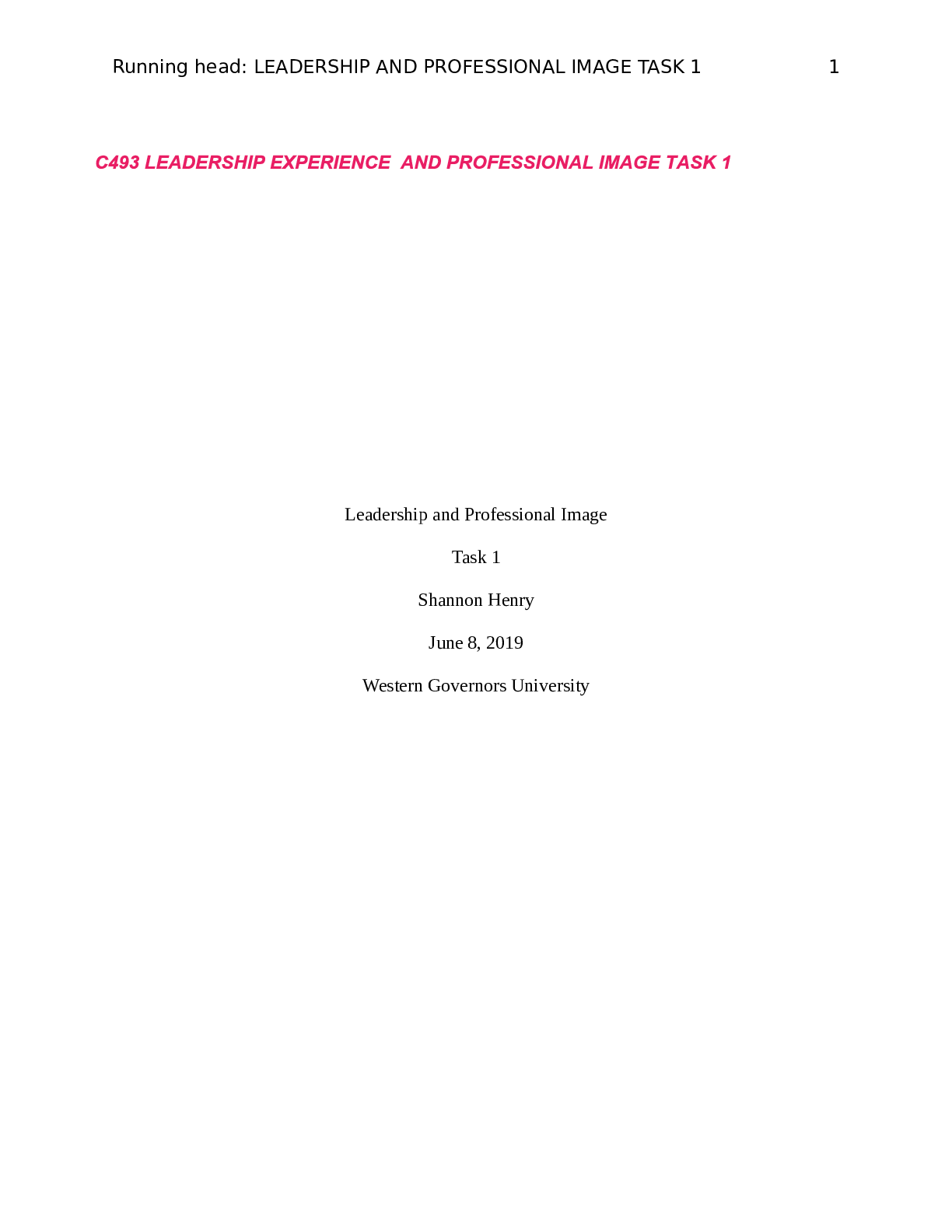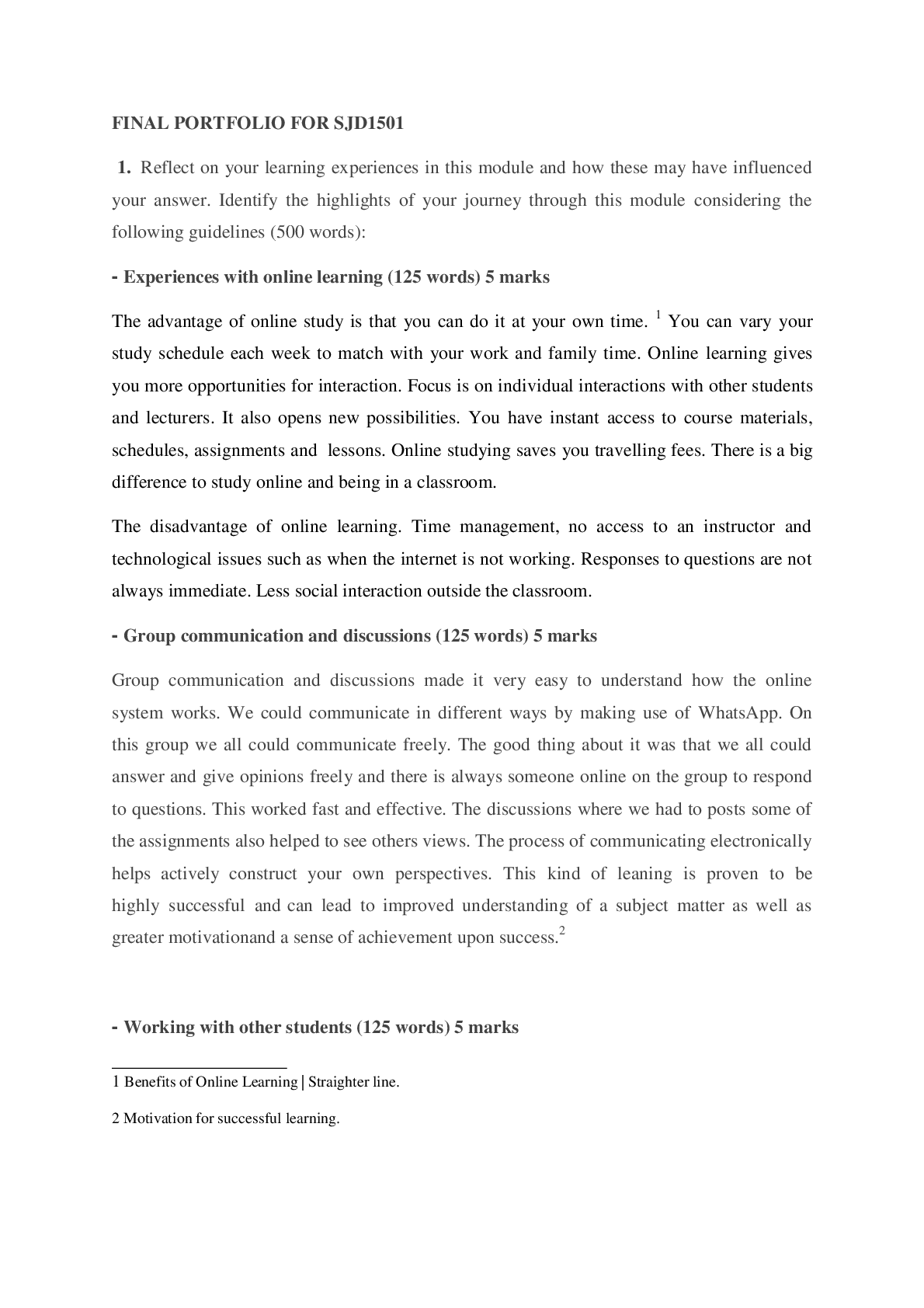NR661 APN Capstone Practicum
Document Content and Description Below
Exemplar 2: NR503 Population Health, Epidemiology, & Statistical Principles Adult ADHD Attention-deficit/hyperactivity-disorder (ADHD) is a neurodevelopmental disorder society most associated with ... children. ADHD, however, often continues into adulthood and is frequently not recognized and diagnosed as symptoms may not become obvious. In addition, some treatments for treating adult ADHD is the same for the pediatric population, some medications are not, and vice versa (Mayo Clinic, 2017). How prevalent is ADHD in the adult population and can it be accurately diagnosed? 7 APN CAPSTONE PORTFOLIO PART 2 Adult attention-deficit/hyperactivity-disorder (ADHD) functionally impairs adults in their daily life and can negatively affect friends and family around them. Adults who displayed signs and symptoms of ADHD by the age of 12 would be considered as having adult ADHD, even if they were not diagnosed as a child (Ginsberg, et al., 2014). It is estimated that 4% of adults have ADHD (Parekh, 2017). Males are more likely to be diagnosed with ADHD three times more than females as 12.9 percent of men versus 4.9 percent of women will be diagnosed with this disorder over their lifetime, and 4 percent of American adults live with ADHD (Holland, Riley & Krucik, 2017). Possible causes include a genetic component as individuals who have a parent or close family member also diagnosed with ADHD. It is believed that there is a minimum of two genes involved with ADHD. Environment (lead exposure) and problems during development are also believed to cause the development of ADHD (Mayo Clinic, 2017). Adult ADHD can present with many symptoms. Impulsiveness, disorganization and problems prioritizations, trouble multi-tasking, poor time management, having a hot temper as well as difficulty coping with stress are a few for adults living with ADHD (Mayo Clinic, 2017). Adult ADHD is also more difficult to accurately diagnose as it typically accompanied by other comorbidities such as anxiety disorders, learning disabilities, sleep disorders, substance abuse, disorders and mood and other psychiatric disorders, which can make diagnosing and treatment for ADHD more challenging (Leahy, 2018). Since the comorbidities mask the signs and symptoms of adult ADHD, it is often underdiagnosed and therefore inappropriately treated (Ginsburg, et al., 2014). Symptoms may decrease as people age; however, many adults continue to have significant signs that continue to negatively impact different areas of their day-to-day 8 APN CAPSTONE PORTFOLIO PART 2 lives. It has been determined by the National Comorbidity Study (Paris, Baht & Thombs, 2015) that 4.4 percent of adults within the United States meet the diagnostic criteria for attention-deficit hyperactivity disorder, however, it may not reflect what percentage of these individuals are negatively impacted by ADHA and/or who would benefit from treatment. Because adult ADHD was not recognized as a valid disorder until the 1990’s in the Unites States, and the Diagnostic and Statistical Manual of Mental Disorders, Fifth Edition (DSM-5) adjusted the criteria for ADHD in adults in the 2010’s (Faraone, 2017), I found limited research containing up-to-date and relative information regarding current prevalence and incidence rates (within the last five years). This included current prevalence and incidence rates of adult ADHD in the United States, let alone in Florida. It appears that research adult ADHD may only be growing out of its infancy according to current data. The National Institute of Mental Health (2017) states that the “overall prevalence of current adult ADHD is 4.4%. According to the Diagnostic and Statistical Manual of Mental Disorders, fourth edition (DSMV-IV) categorized the developmental differences in the prevalence of DSM-IV ADHD and its subtypes ADHD -C (the combined type), ADHD-H (hyperactive impulsive type) and ADHD-I (inattentive type) (Willcutt, 2012). Nationwide, with a Confidence Interval (CI) of 95% for individuals 19 years and older, it was concluded that there was a prevalence of 5.0% of individuals who had Total ADHD. With the same CI of 95%, research determined the following for ADHD-C, ADHD-H and ADHD-I, respectively; 1.1%, 1.6% and 2.4%. This was further broken down according to male and female participants (please see chart). 9 APN CAPSTONE PORTFOLIO PART 2 Physicians, however, are required to report medications in E-FORSCE, Florida’s Prescription Drug Monitory Program (PDMP). E-FORSCE was created in 2009 by the Florida Department of Health. Its purpose is to monitor all prescriptions and disbursements by health care practitioners, pharmacies, and pharmacists of Schedule II (including Adderall and similar stimulant medications that treat ADHD), III, IV and V drugs (E-FORSCE, 2018). It is an initiative “to encourage safer prescribing of controlled substances and to reduce drug abuse within the state of Florida (E-FORSCE, 2018). Patients may also have a strong genetic connection to ADHD as genetic research is discovering that if a direct member of the family has been diagnosed with ADHD, such as the father, then there is a greater likelihood that a child born of that parent will also have ADHD as a child, which may continue into adulthood. Faraone & Larsson (2017) conducted genome-wide association studies between family, adoption and twins linking genetics to ADHD due to its high heritability of 74%. Because ADHD is more difficult to diagnose in adults than in children, no single test can confirm such a diagnosis. As a result, a medical professional will most likely include a physical exam to rule out other possible reasons for the symptoms, gather information about current medical problems, family medical history, personal medical history as well as the history of the currently symptoms. In addition, the health care provider will should also provide an ADHD rating scale to assist in collecting information about the symptoms [Show More]
Last updated: 1 year ago
Preview 1 out of 60 pages

Reviews( 0 )
Document information
Connected school, study & course
About the document
Uploaded On
Sep 01, 2021
Number of pages
60
Written in
Additional information
This document has been written for:
Uploaded
Sep 01, 2021
Downloads
0
Views
87


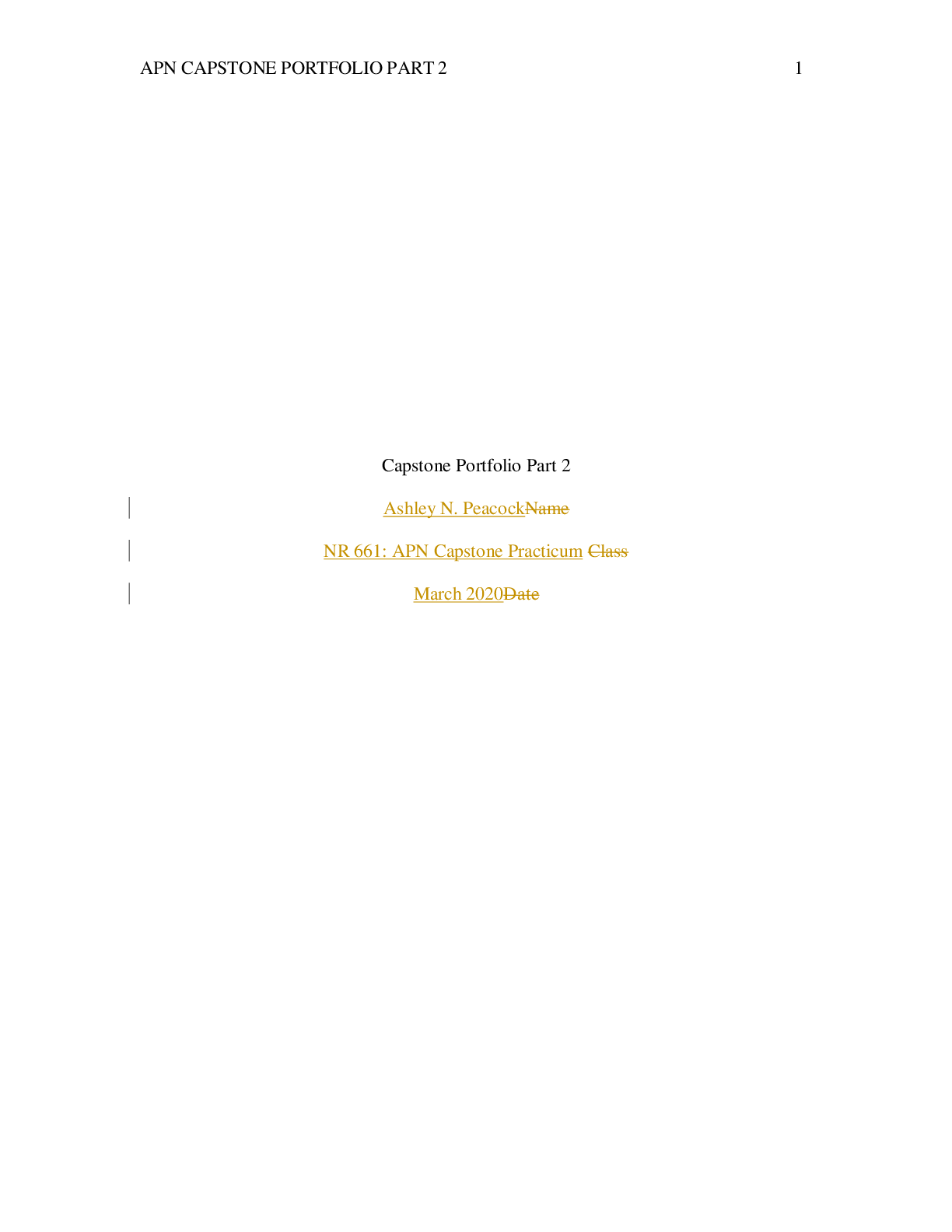

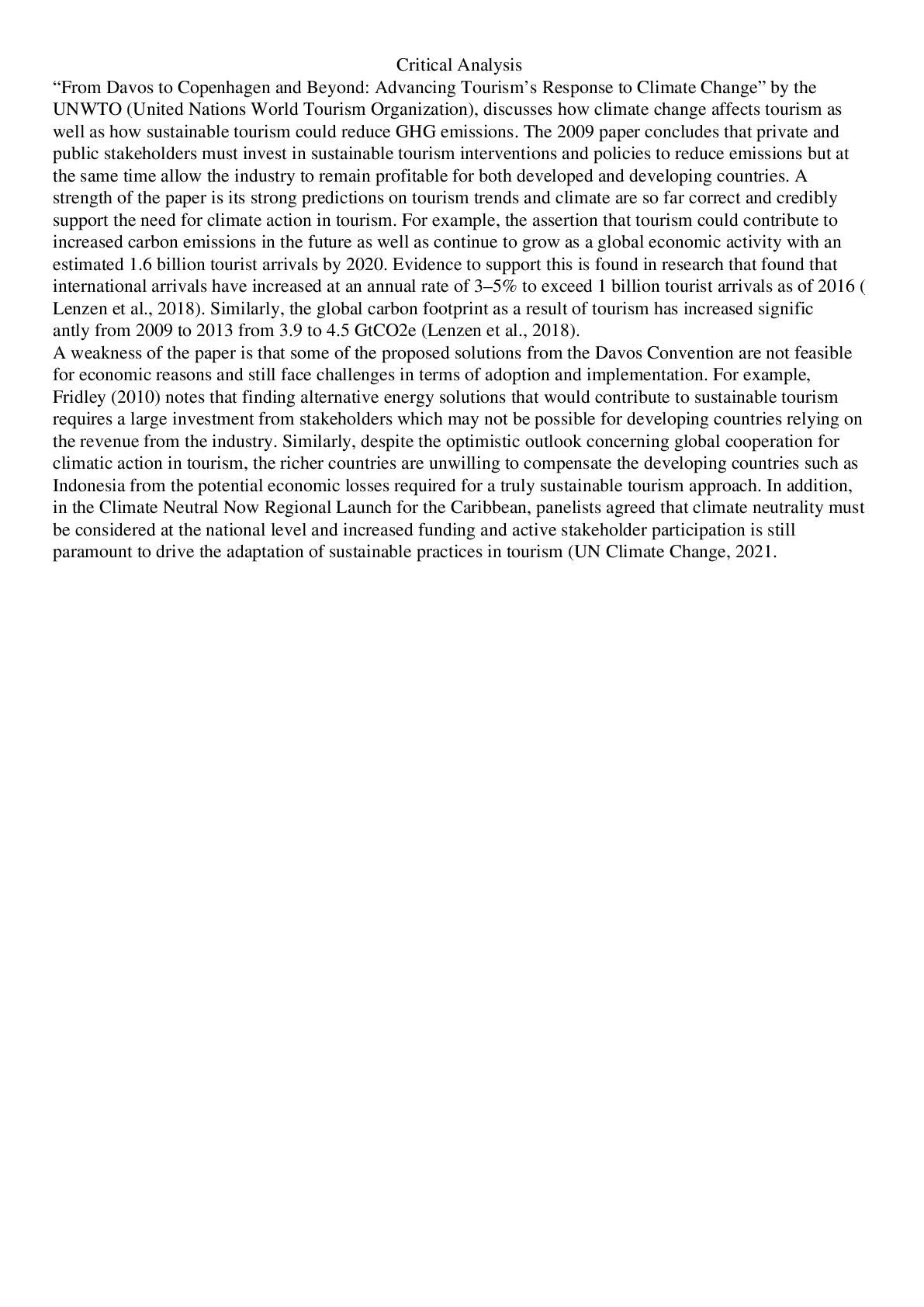
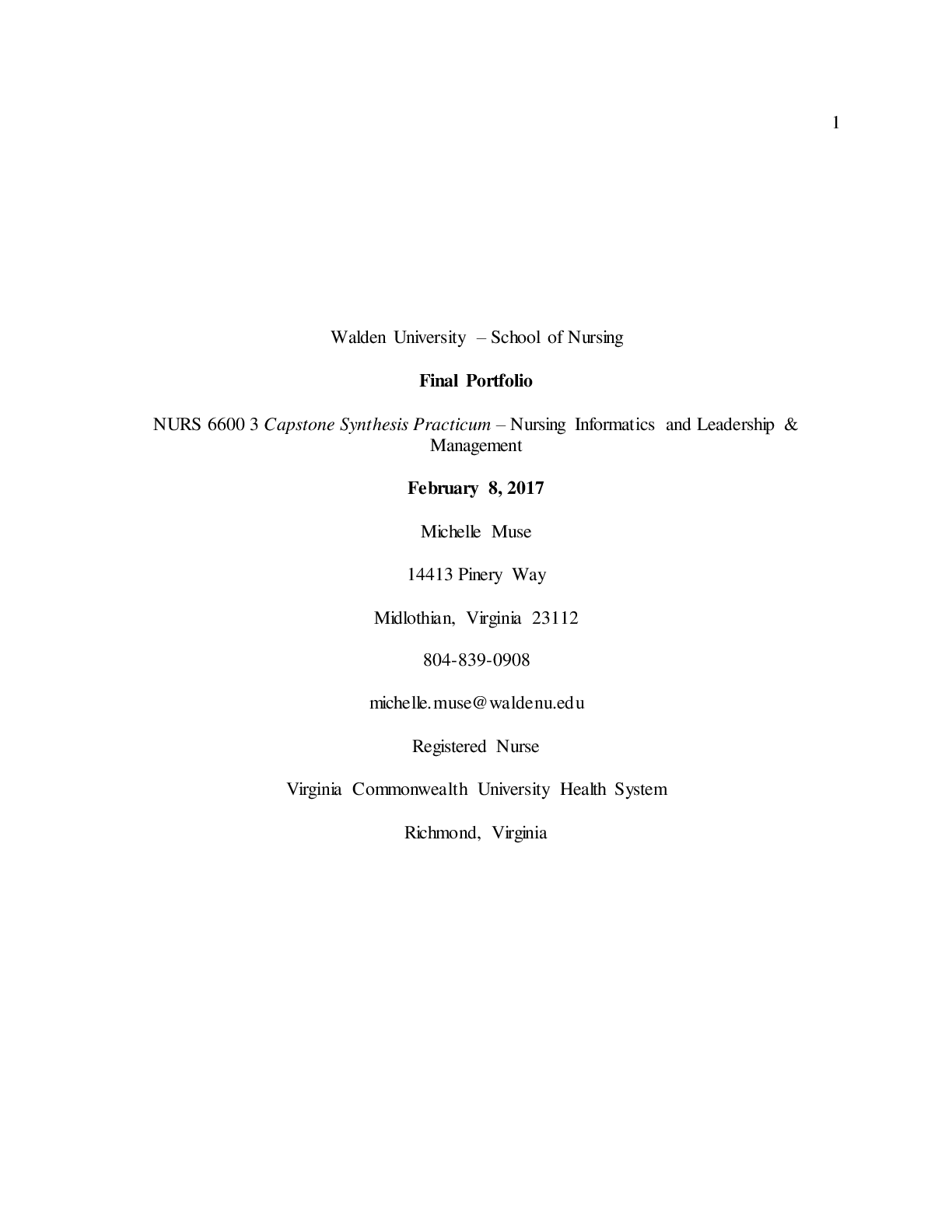


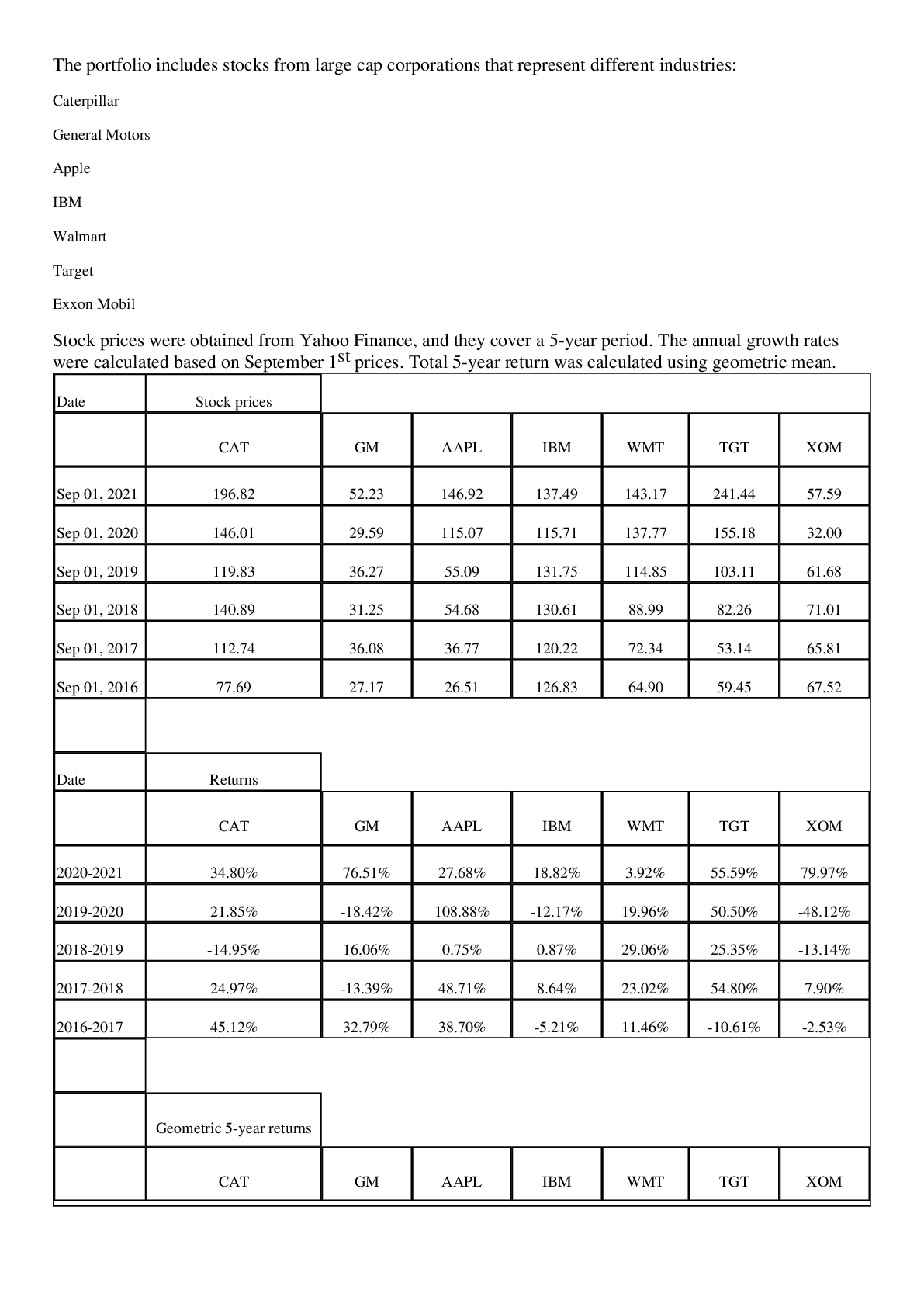
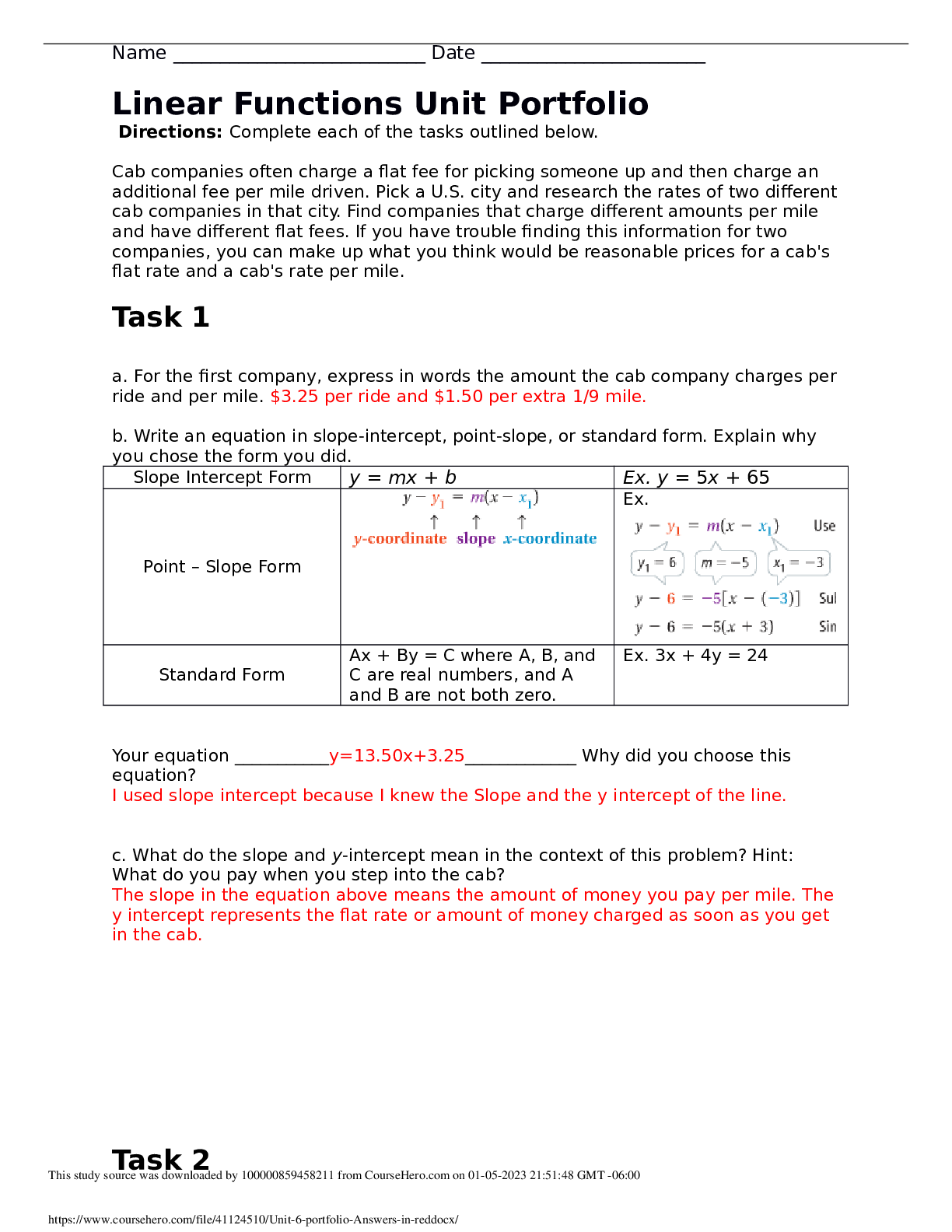
.png)


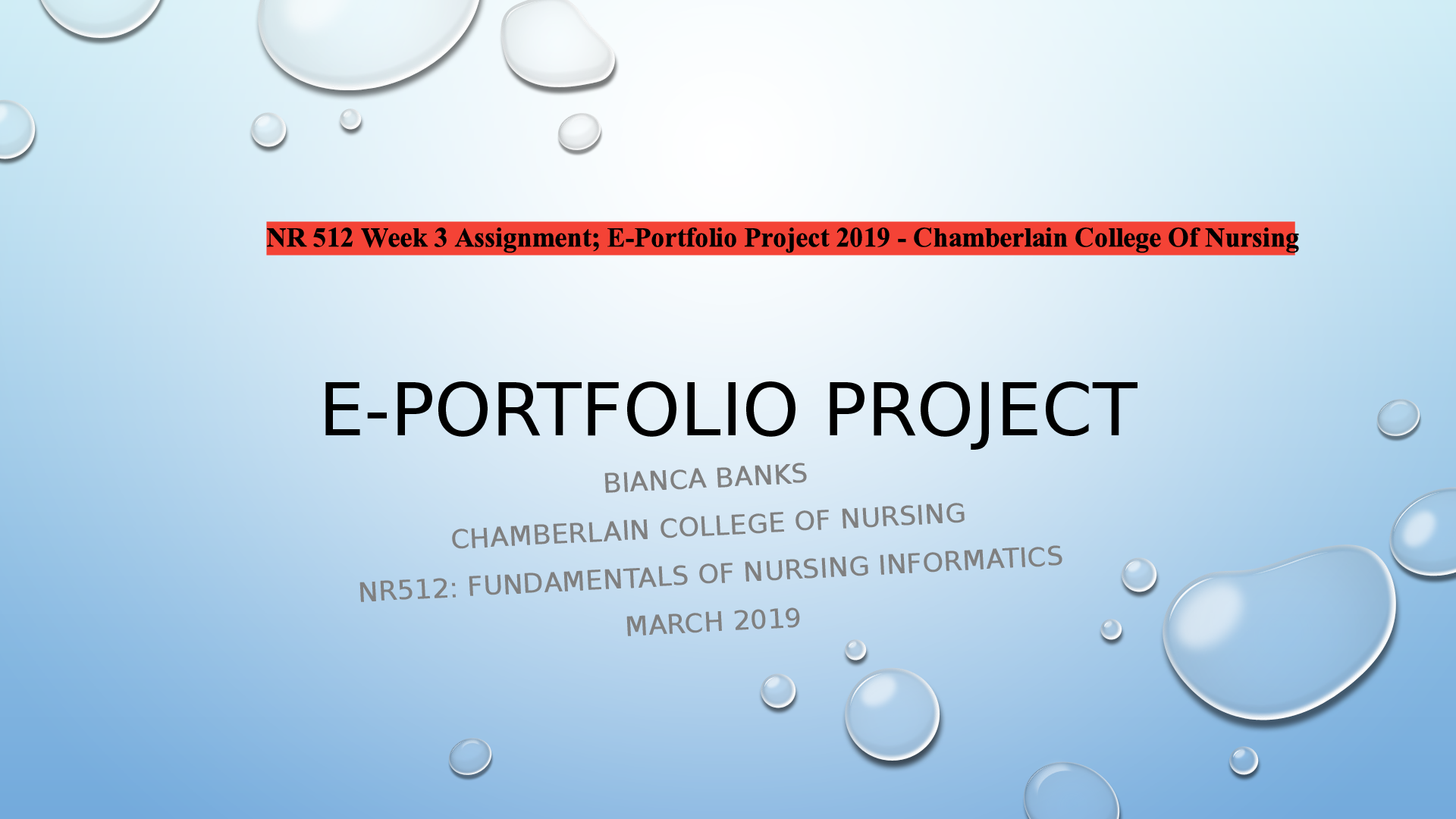
 (1).png)
